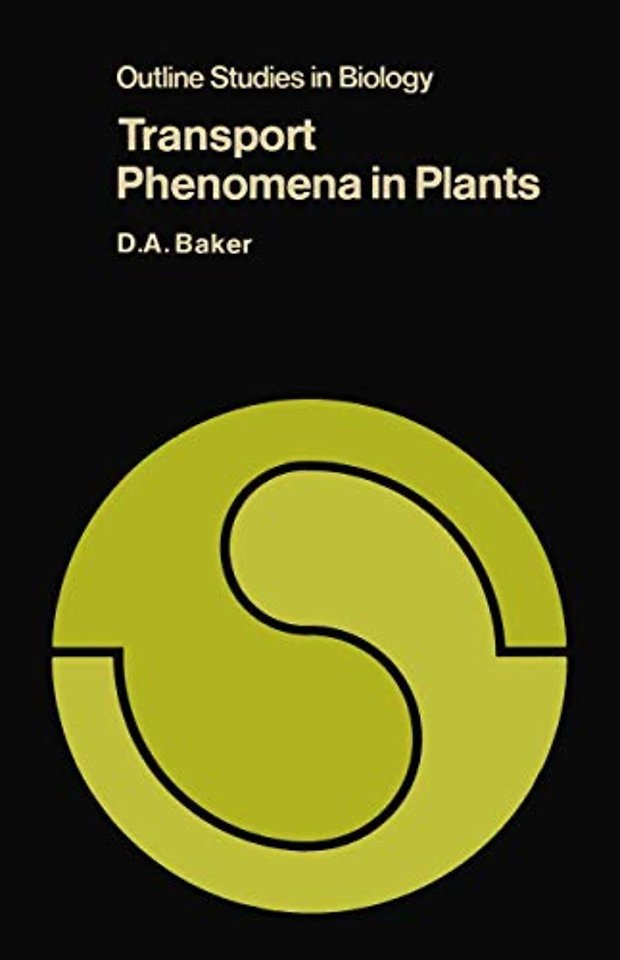Transport Phenomena in Plants
Samenvatting
Plants, in addition to their role as primary synthesizers of organic com pounds, have evolved as selective accumulators of inorganic nutrients from the earth's crust. This ability to mine the physical environment is restricted to green plants and some microorganisms, other life forms being direct1y or indirect1y dependent on this process for their supply of mineral nutrients. The initial accumulation of ions by plants is of ten spatially separated from the photosynthetic parts, necessitating the transport to these parts of the inorganic solutes thus acquired. The requirement for energy-rich materials by the accumulation process is provided by a transport in the opposite direction of organic solutes from the photosynthetic areas. These transport phenomena in plants have been studied at the cellular level, the tissue level, and the whole plant level. The basic problems of analysing the driving forces and the supply of energy for solute transport remain the same for alI systems, but the method of approach and the type of results obtained vary widely with the experimental material employed, reflecting the variation of the solute transporting properties which have se1ectively evolved in response to both internal and external environmental pressures.

